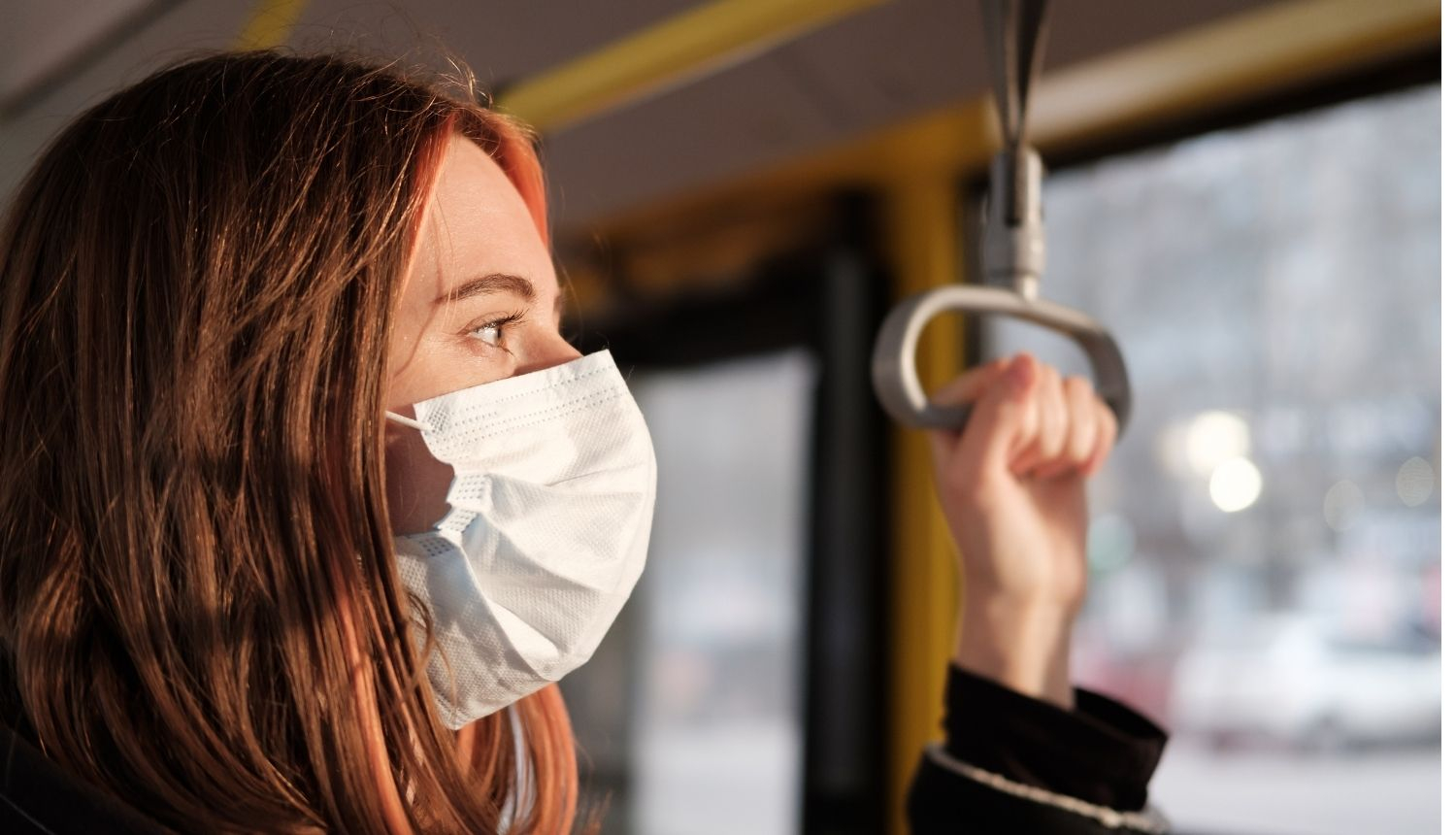On Tuesday, 2 February, an agreement was reached at a meeting of the Cabinet of Ministers and Crisis Management Council to extend the state of emergency in Latvia until 6 April, as media representatives were informed by Prime Minister Krišjānis Kariņš.
To limit the spread of Covid-19, the government declared a state of emergency on 9 November 2020. A number of restrictions were imposed for the duration of the state of emergency.
On Tuesday Healthcare Ministry proposed a solution – end the state of emergency if Covid-19 infection rates go down thrice.
During the meeting the government studied Healthcare Ministry’s prepared report on Covid-19 risk assessment and decision-making in regards to caution and security measures. The ministry was also asked to improve the report.
In its report, the ministry proposed a new Covid-19 management risk strategy, replacing the existing restrictions with a ‘traffic light principle’ – setting four epidemiological index groups to organize restriction adoption.
Currently Latvia is in the first category, as 561.26 new infection cases per 100 000 residents are found in 14 days.
According to the ministry’s proposal, the state of emergency should be maintained for as long as Latvia remains in the dark red category and should be lifted once the country enters the second or red category. At the same time, it may be possible to slightly reduce certain restrictions.
The second or red category provides the country remains under high Covid-19 risk situation and the 14-day infection rate may border 100 to 200 cases per 100 000 residents. In this case it would be possible to ease on crowding restrictions, loose trade restrictions, permit individual sports activities outdoors, gradually re-introduce teaching at schools instead of remote teaching, as well as allow people to visit public catering establishments.
The third or orange category provides for a medium Covid-19 risk category in the country with 14 day infection rates down from 200 to 100 cases per 100 000 residents. At this point it may be possible to lift restrictions even more. This includes letting people gather, engage in trade, attend culture locations and attend indoors sports activities.
The final or green category provides a low risk situation, which may come if 14-day cumulative infection rates drop to 20 cases per 100 000 residents. In this situation it may be possible to return to normal life with slight restrictions.
In the report the ministry noted it is necessary to maintain existing precautions until 14-day cumulative infection rate index is below 200 per 100 000 residents. It is also necessary to perform situation assessment once every three weeks to determine the severity of the situation, effectiveness of preventive measures and decide on their review.
When deciding on review of caution and safety measures, the ministry proposes taking into account how options to reduce safety measures are related to the success with preventing Covid-19 risks coming from abroad.
Additionally, when deciding on reduction of precautions, it is proposed to perform measures to improve education services accessibility for children.
Healthcare Ministry’s report adds that it is necessary to continue measures against Covid-19 risks from abroad, prohibit unimportant trips and make it compulsory for travellers to declare the purpose of their travel. It is also proposed to review and reduce the groups of people provided with cases of exception for Covid-19 tests and self-isolation when entering Latvia from abroad.
As for travel, Healthcare Ministry proposes tightening responsibility and control over the use of Covidpass and how entrants follow certain self-isolation requirements.
The ministry also proposes immediately raising responsibility and control in cases when epidemiological safety requirements are not followed. The ministry urges responsible institutions and officials to pay more attention to breaches of self-isolation and house quarantine and involve state and municipal police in monitoring efforts, as well as the option to employ forced isolation of infected persons if they breach isolation requirements.
It is also proposed for law enforcers to pay more attention to breaches of safety requirements at public places.
At the same time, the ministry notes that if monitoring of requirements for travel and epidemiological safety is tightened even more, it may be possible to decide on a slight reduction of precautions once the epidemiological situation has stabilized. This will be possible only if there is at least a 10% reduction of infection rates and no increase with the number of hospitalized patients.
In this case it may be possible to restore face-to-face education starting with 1st and 2nd graders, as well as individual consultations for children of school age subjected to the risk of social isolation. If the epidemiological situation does not worsen later and allows it, it may be possible to decide on expansion of face-to-face education for other children of school age.
Additionally, as the epidemiological situation improves it may be possible to review certain restrictions for the trade sector and adopt a safe trade concept – permit the trade of goods that are currently banned from purchase at the moment due to the state of emergency, ensure control of the influx of people in stores, as well as make it compulsory for stores to monitor compliance with epidemiological safety restrictions.



